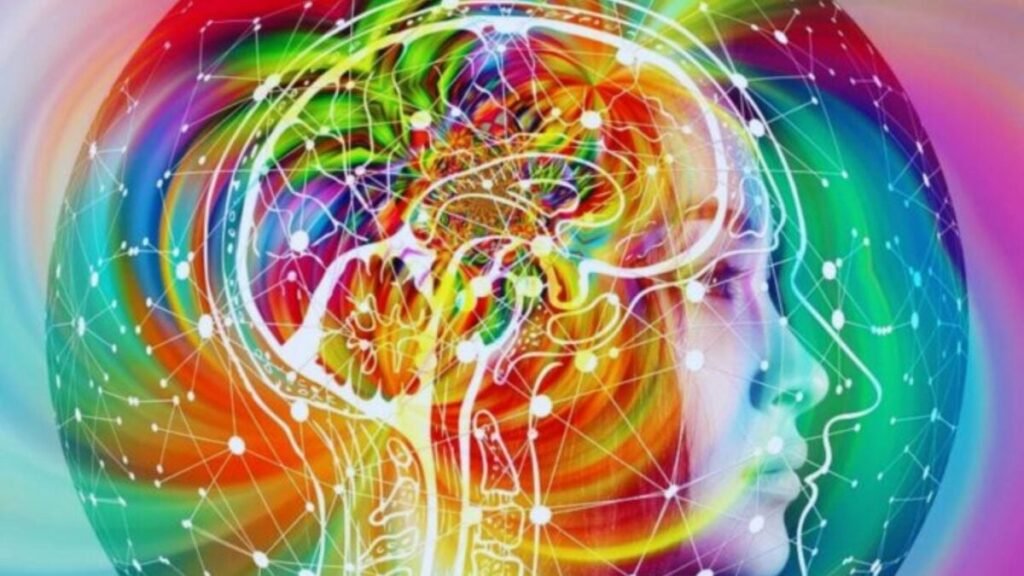An Experiment Unveils the Possibility of Mind Reading: Algorithm Identifies Memories with Precision

It’s no longer just a science fiction plot. An experiment in the United States successfully decoded human memories in real time and with great accuracy. The key was the hippocampus, and an algorithm capable of interpreting neuronal signals to know what each patient was remembering.
The Experiment

The experiment was conducted with 24 epilepsy patients who already had electrodes implanted as part of their treatment. Taking advantage of this circumstance, researchers showed images from five different categories—animals, plants, buildings, vehicles, and tools—and then asked the volunteers to remember them.
An algorithm analyzed the data and accurately predicted which category the memory belonged to. In other words, the system was able to identify what a person was remembering without the need for them to say it.
The Hippocampus, a Memory Classifier
This confirmed something that neuroscience had suspected for years: the hippocampus not only stores memories but also categorizes them. This organization allows algorithms to find patterns that are easier to decipher.
“We wanted to answer one of the big questions in neuroscience, and this is one of them,” explained Dong Song, the study’s lead author. This opens up a path that brings the unthinkable closer: understanding human memory through artificial intelligence.
Memory Prosthetics and Ethical Dilemmas

According to Charles Liu, co-director of the study and head of the USC Center for Neurorestoration, this knowledge is the first step in developing memory prosthetics capable of restoring memories in patients with Alzheimer’s, brain injuries, or cognitive decline.
But not everything is enthusiasm. If today it is possible to identify simple categories like “animal” or “vehicle,” in the future we could be facing technologies capable of reconstructing more complex thoughts.
The border between science and science fiction
For now, no one is reading complete sentences or detailed scenes inside the brain. However, what seemed implausible a decade ago is now a proven fact in the laboratory.
This is paving a way that could forever change how we treat memory, disease, and perhaps the privacy of thought. It shows that science sometimes advances faster than the ethical debates that accompany it.






